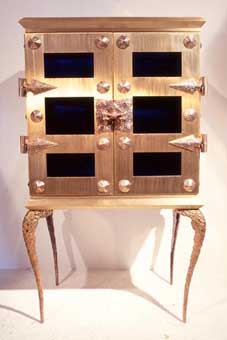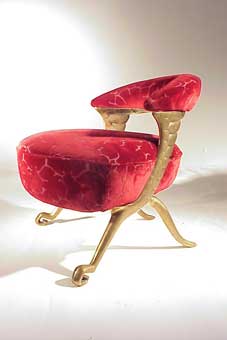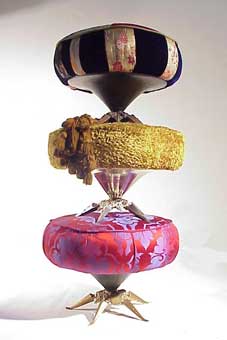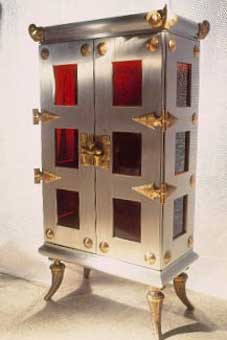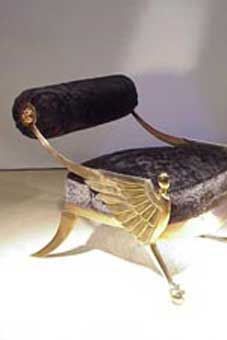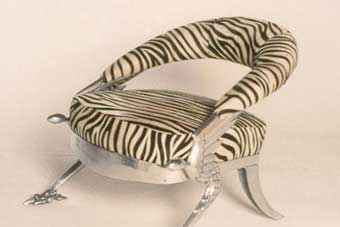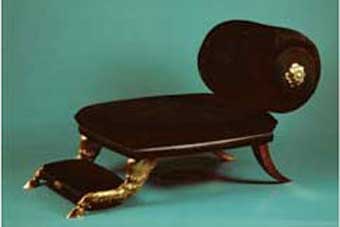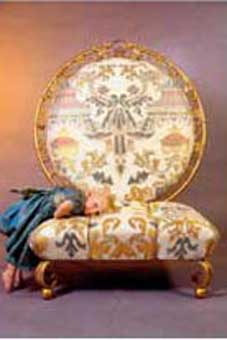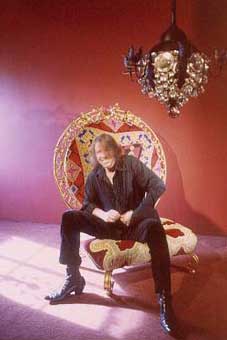

Mark Brazier-Jones
Born in New Zealand, Mark was at his happiest running bare foot in the wild Eden like countryside. Sleeping outside, drinking spring water and fishing for 'yabbies' to cook on the camp-fire. All these elements made for a magical time and made Mark conscious of what surrounded him and its place in the grand design of things. In the 60's his family moved to London, adapted to city life and found the urban jungle just as invigorating as the one they had left behind. Mark hated school but he concentrated on art, which had always come naturally to him. He qualified for Art College where he furthered his knowledge of not only drawing but constructing three-dimensional sculptures. It was now the late 70's and Mark's need to be creative was the driving force that led him forward to the more immediate, hands on world of set designing in the pioneering days of the music video industry. For seven years he enjoyed working in the high pressure world of rock promo and TV shows, and found he could be expressive on a grand scale. The 80's arrived, Mark was still pursuing his own experiments in art and it was at this time he first tried working with metal, immediately he know he had found his medium. He loved the versatility and strength of metal, it could be heated to melting point, beaten into fluid scrolls, and he loved the natural patina of oxidized iron and the razor sharp polished surface of aluminium. Mark bought himself a welder and taught himself how to use it. Encouraged by the results, he rented his first studio, sharing the space with two likeminded artists who also discovered the delights of iron. The next few months were spent exploring reclamation yards for metal, which was hauled back to the studio and reformed and re-invented into objects of use and beauty. The art establishment embraced 'Creative Salvage', the movement that was being led by these new metal gurus'. Inspired by the reception he received, Mark Brazier-Jones began developing his functional art. He used his knowledge with clay to sculpt table legs and chairs. These were then cast in bronze or aluminium. He saw permanence in what he was creating and others saw that these pieces would be heirlooms of the future and started investing in his work. Mark now lives and runs his studio in Hertfordshire from a splendid 16th Century barn. He has become an influential and internationally respected name in design. Examples of his work are held in the permanent collections of the Louvre, the Victoria & Albert Museum and the Boston Museum of Modern Art. His patrons list film and rock royalty to star entrepreneurs and collectors from all over the world. Today Mark is not that far removed from the bare footed boy who sat for hours by a stream carving sticks in New Zealand. He still makes time to appreciate the world around home and finds it a constant source of inspiration. "I am impressed by things that are built to last. An engine that still does its work after 100 years, that excites me. Something that is so good you never want to replace it; that is something worthy of respect." |
